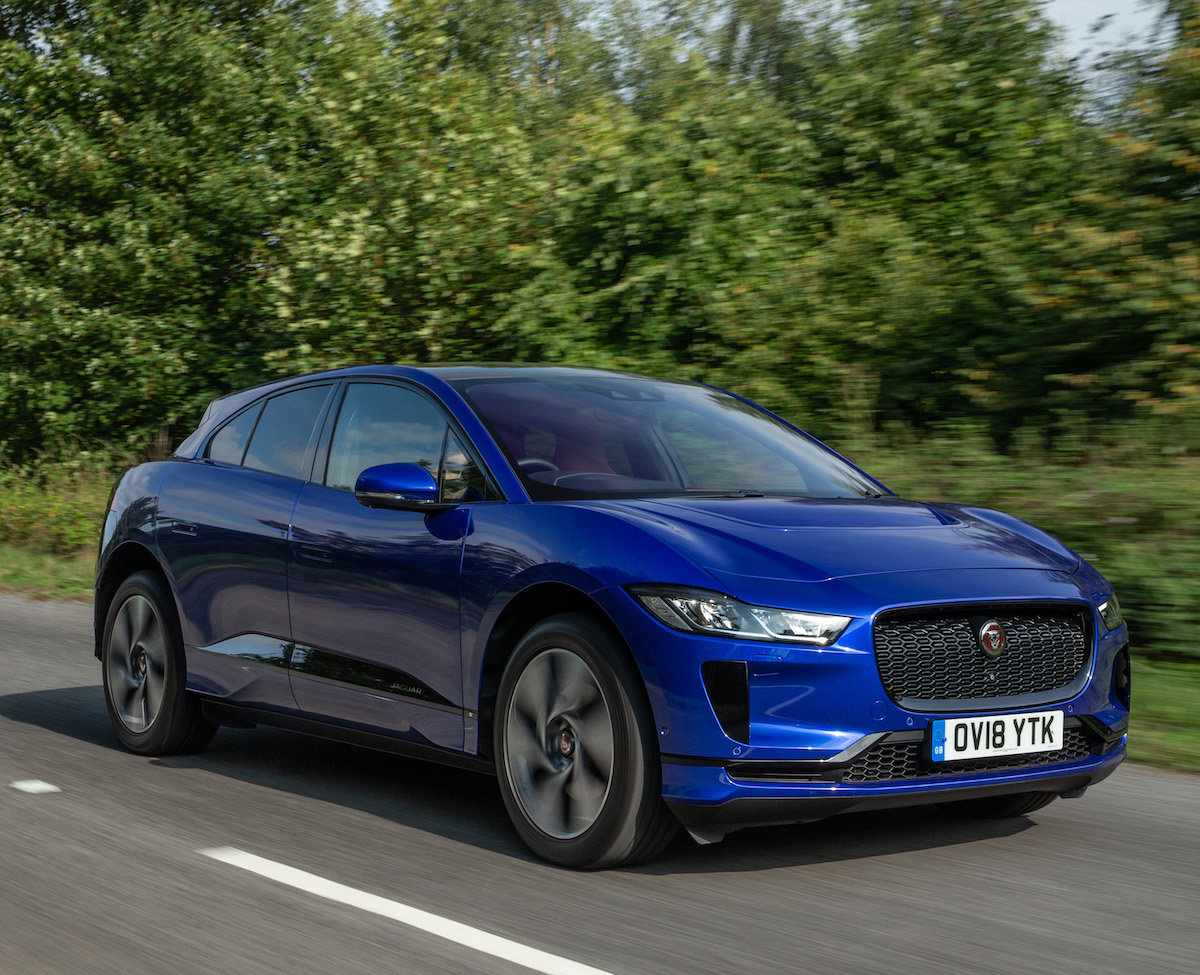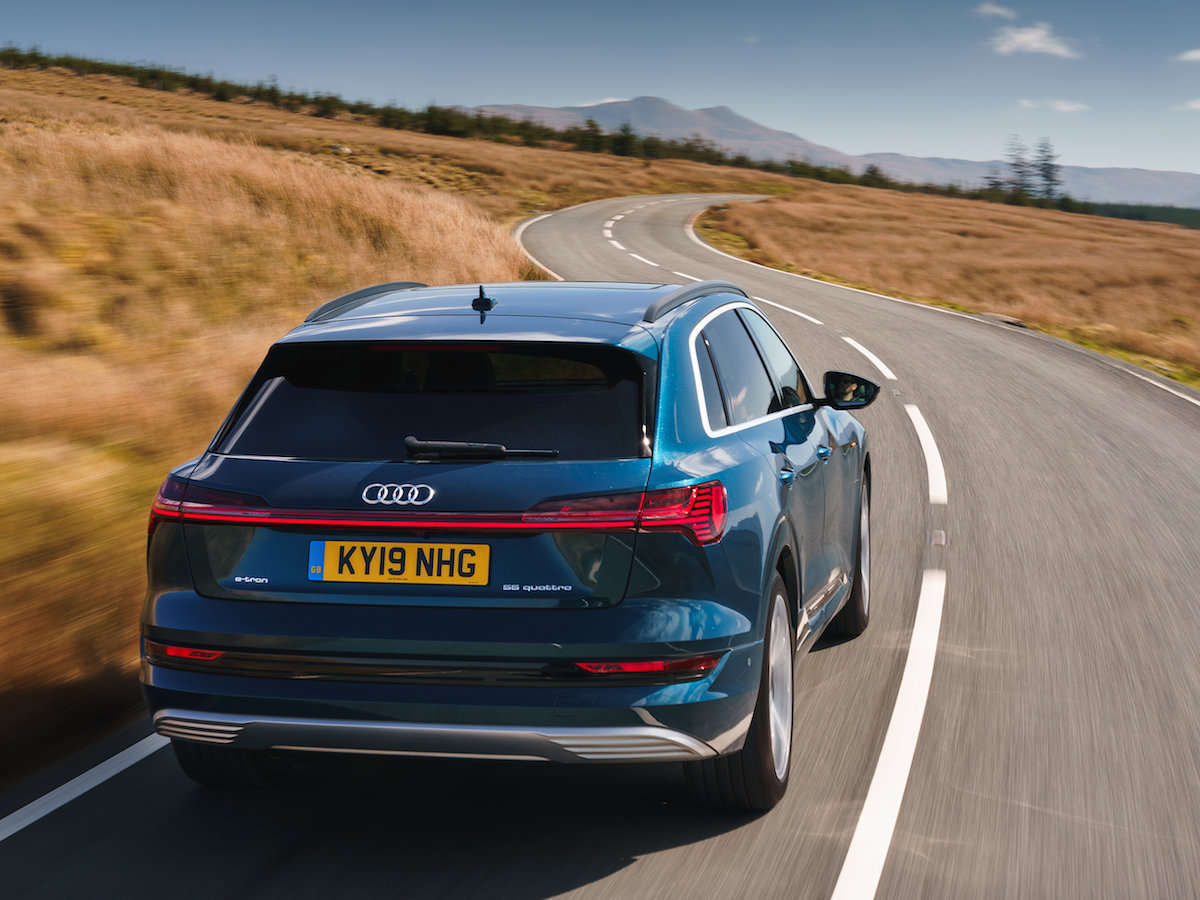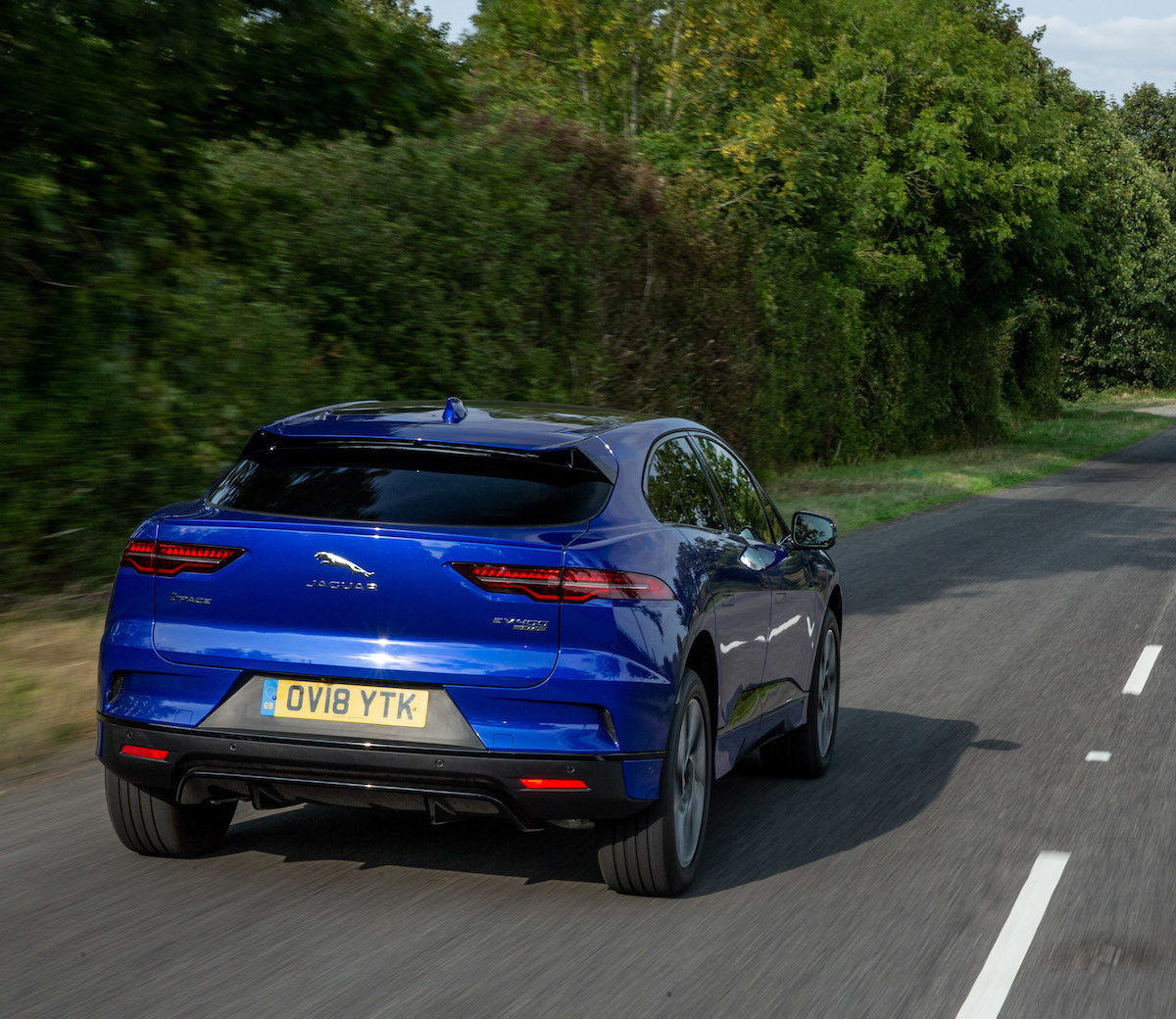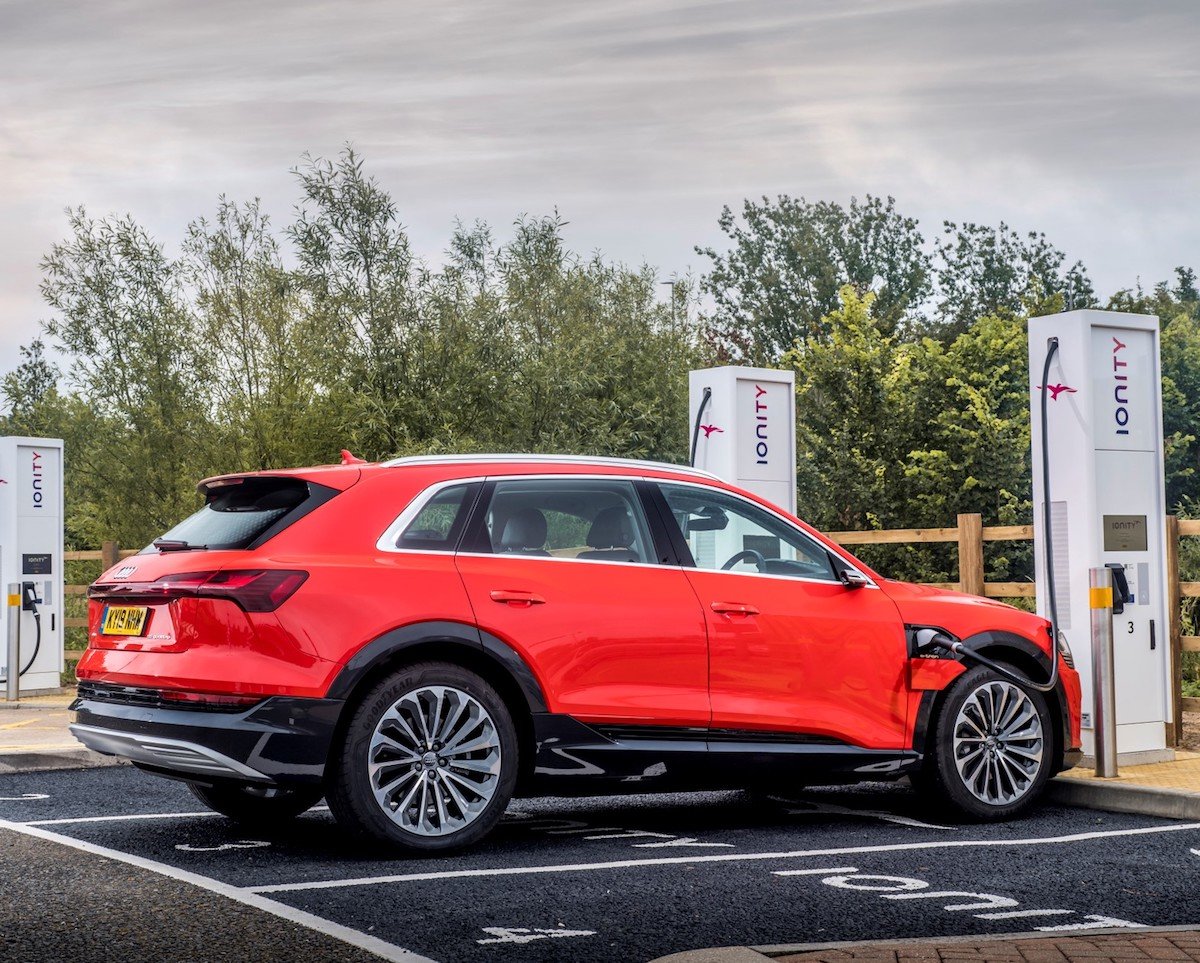Towing with an electric car might not seem like the most obvious use of battery technology. That's not surprising given that, until recently, very few electric cars were approved for towing compared to diesel cars or those with a petrol engine. The Tesla Model X was the notable exception to that rule, and now the Tesla has been joined by other emissions-free cars like the Audi e-tron, Jaguar I-Pace and the Mercedes-Benz EQC, as well as the more affordable Tesla Model 3, all of which can be specced with a tow bar.
If you're towing with an electric car, how much weight can it actually pull? How will an electric motor perform when towing heavy loads? And how does pulling a caravan or trailer affect the range?
From 750kg to 2,250kg

The answer to the question of towing capacity varies depending on the specific make and model. At one end of the spectrum, the Jaguar I-Pace has legal towing limit of just 750kg (braked, rather than unbraked). That level of pulling power rules out full-size caravans, but is enough for small braked trailers and micro-caravans. At the opposite extreme, the Audi and Mercedes-Benz can pull a whopping 1,800kg each, and the Tesla Model X can tow 2,250kg.
Such generous limits mean these cars can legally tow most caravans or a large horsebox. And there are good reasons why electric vehicles ought to make good tow cars.
First, electric cars tend to be heavy compared with similar models with an internal combustion engine, because of the large battery packs. Take the Audi e-tron (pictured below), which has a kerbweight of 2,565kg. Audi's diesel-powered big SUV, the Q7 50 TDI, weighs 2,240kg, just over 300kg less.
Why Weight and Performance Matter

Why does that extra weight matter? Well, car and trailer tend to be more stable at speed when the car weighs significantly more than what it's towing. All else being equal, the bigger and heavier the car, the more secure the combination tends to be. This can apply to other electrified vehicles too, like hybrid vehicles and plug-in hybrids. These kinds of hybrid cars can offer a broader range of vehicle choice than pure electric vehicles.
Then there's performance. So far, the electric cars approved for towing are mostly high-performance SUVs. The Jaguar has 513lb ft of torque, the Mercedes has 564lb ft. These are big numbers, and make for effortless performance in everyday driving. There's more than enough muscle to spare for towing.
The Camping and Caravanning Club put theory into practice when towing a trailer with a Jaguar I-Pace as part of the Tow Car Awards. The caravanners were impressed, concluding that "the Jaguar's pace and stability are cause for optimism about the future of EVs as tow cars."
How Does Towing Affect Range?

However, the picture wasn't all rosy. As well as putting the I-Pace through acceleration, braking and hill-start tests, at which it excelled, the Club also tested the effect of towing a 750kg trailer on the car's range. The Jaguar's WLTP range from a full charge is 258-292 miles, depending on specification. While towing, the Club calculated that would drop to around 108 miles.
Don't forget, this is towing a small trailer. Some of the Jaguar's rivals have broadly similar official ranges, but can legally tow much more than the I-Pace can. It's reasonable to predict the decrease in range would be greater still when towing a big, heavy caravan.
Short range leads to another problem – the need to recharge. Here Tesla has an important advantage over its rivals in the form of the Supercharger network. These rapid chargers can add 111 miles of range to a Model X in 15 minutes, according to Tesla. The Supercharger network can only be used by Tesla cars, and the chargers are more than twice as powerful as the 50kW rapid chargers widely available to owners of other EVs. Yes, there are now alternative ultra-rapid chargers which match or beat the Supercharger network's recharging speed, but they're not yet around in significant numbers.
Not Quite There Yet

If you do stop at a charging station, there's another problem. Where do you put your trailer? Recharging spaces are sized for single vehicles, not a 4x4 towing a speedboat. So in practice drivers will need to find a motorway service area's caravan and HGV parking, unhitch their trailer, make sure it is secure from theft, then drive to where the chargers are to top up the batteries. It adds another level of inconvenience to what will already be a long-winded process.
So yes, towing with an electric car is perfectly possible. But limited real-world range and the difficulty of recharging while towing mean that even the latest electric SUVs are better suited to short-distance towing rather than long journeys. That won't change until the cars have a much longer range, or ultra-rapid chargers are available in caravan parking bays at motorway services.
